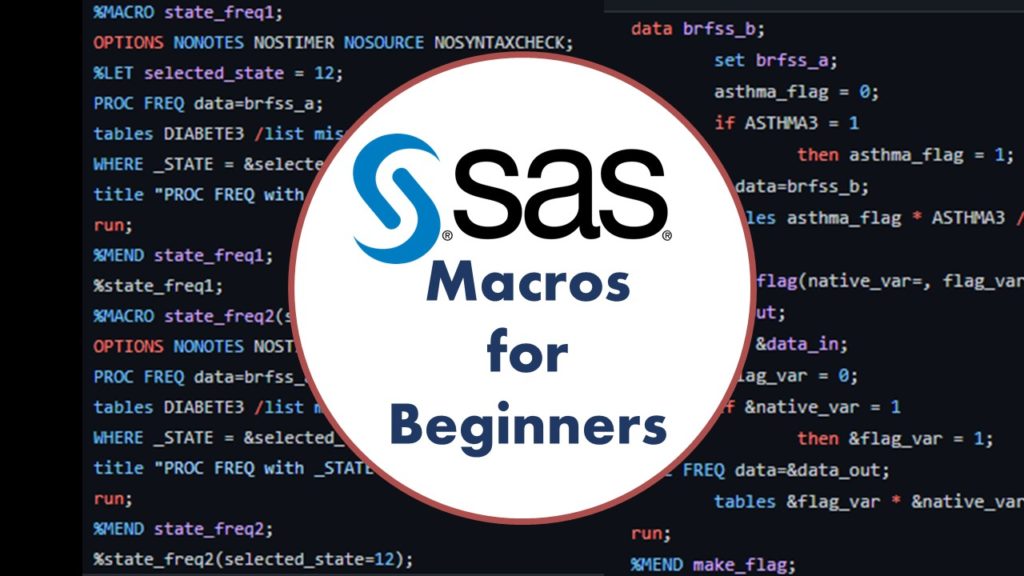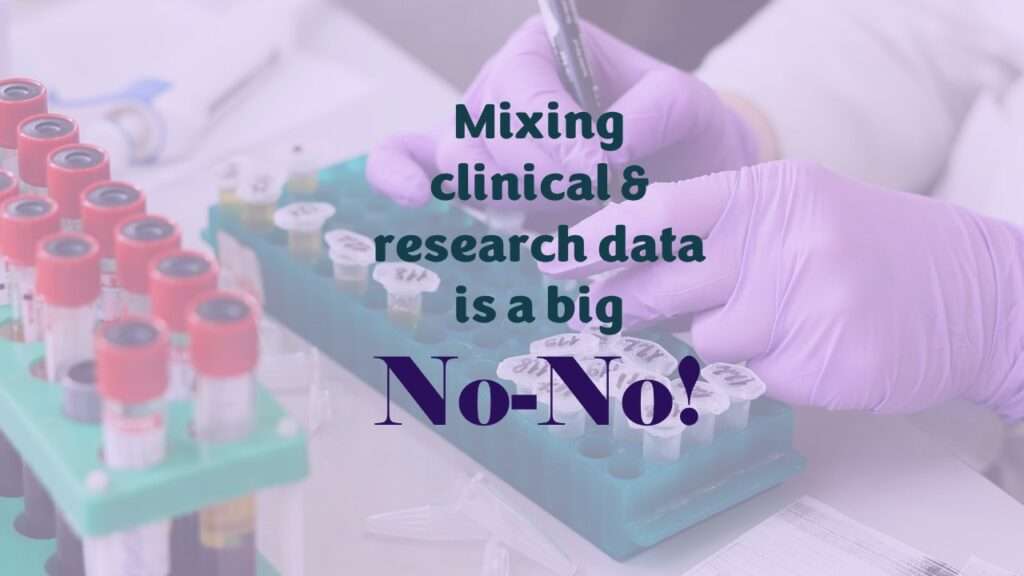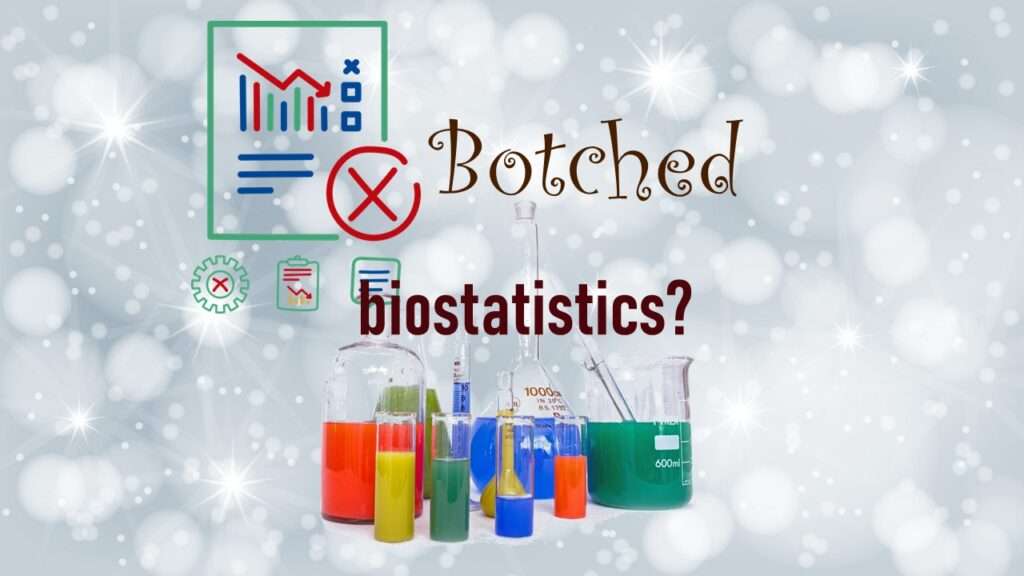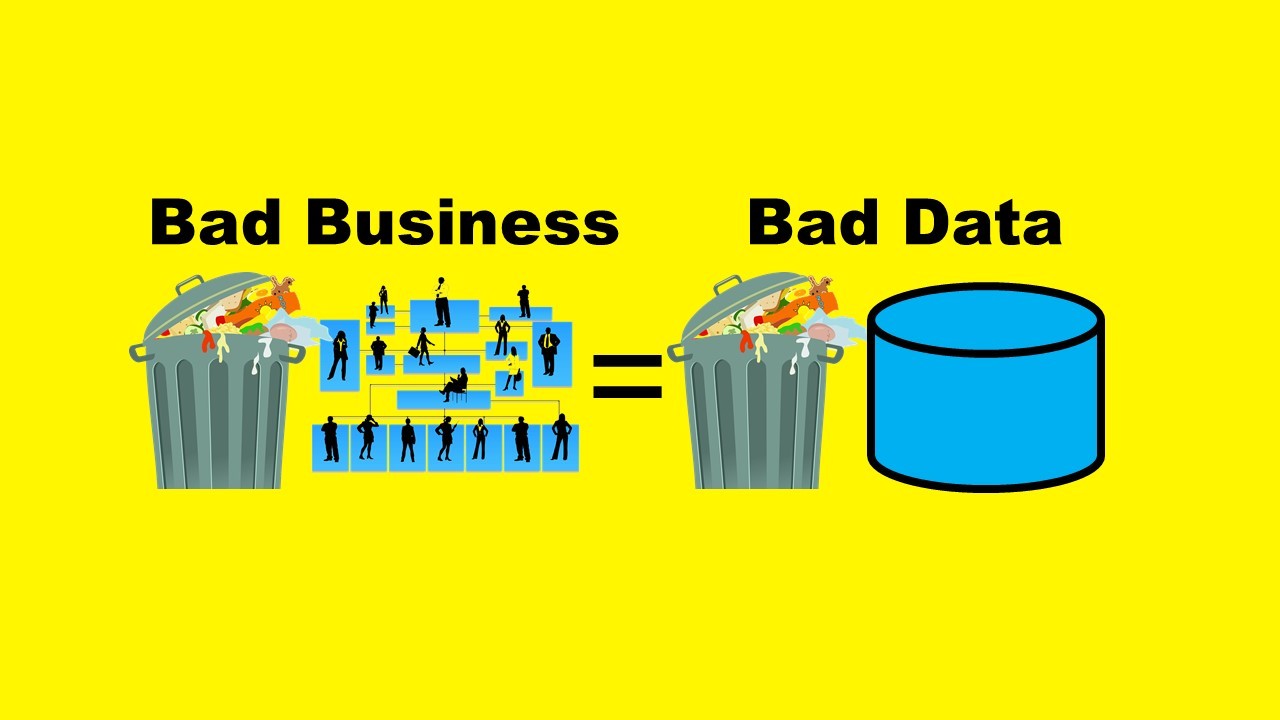Color in visualizations of data curation and other data science documentation can be used to enhance communication – I show you how!
Tag Archives: data science
Want to get started learning about SAS macros? This blog post provides SAS macros for beginners with video tutorials to walk beginners and code newbies through the basic steps!
The United States (US) Bureau of Primary Healthcare (BPHC) is the federal agency that funds our safety net infrastructure serving patients who can’t get on Medicare or Medicaid. I explain how all that works, and the relationship of BPHC to the rest of the public health infrastructure.
Curious about the American Public Health Association (APHA) – what it does, and where it fits into the bigger picture of public health organizations? I delve into these topics, and explain how you can get involved.
Read my last post in a series on data-related misconduct at startup Theranos outlined in the book, “Bad Blood”, where I discuss their lack of administrative barrier between research and clinical data.
Want an alternative to the Plan-Do-Study-Act (PDSA) model for quality assurance/quality improvement (QA/QI) in healthcare? I recommend approaching QA/QI a different way, by thinking about the various functions of the QA/QI department.
The book “Bad Blood” describes the fall of startup unicorn Theranos, but also provides insight into the company’s abject failure at data stewardship, which I talk about in this blog post.
This blog post talks about how lack of product description led to data-related misconduct at Theranos, because they could never nail down exactly what they were trying to do.
This is my first blog post in a series of five where I talk about data-related misconduct outlined in the book “Bad Blood”, and provide guidance on how to prevent it.
This lively panel discussed many topics around designing and implementing machine learning pipelines. Two main issues were identified. The first is that you really have to take some time to do exploratory research and define the problem. The second is that you need to also understand the business rules and context behind the data.
- 1
- 2











